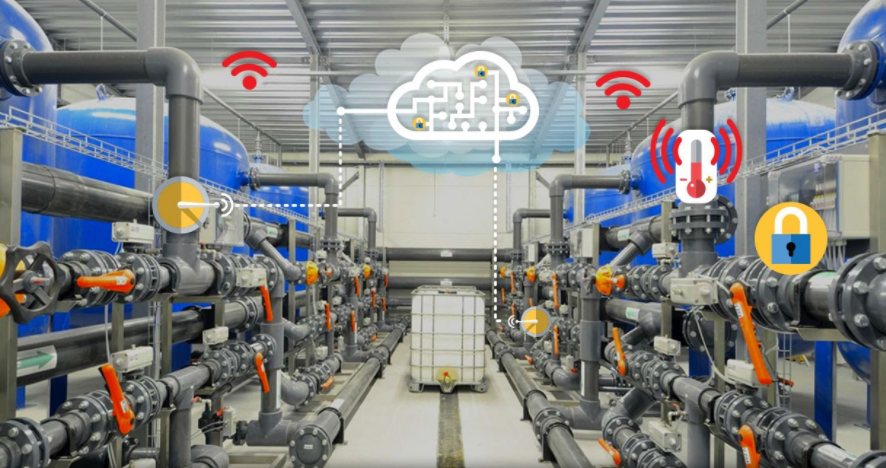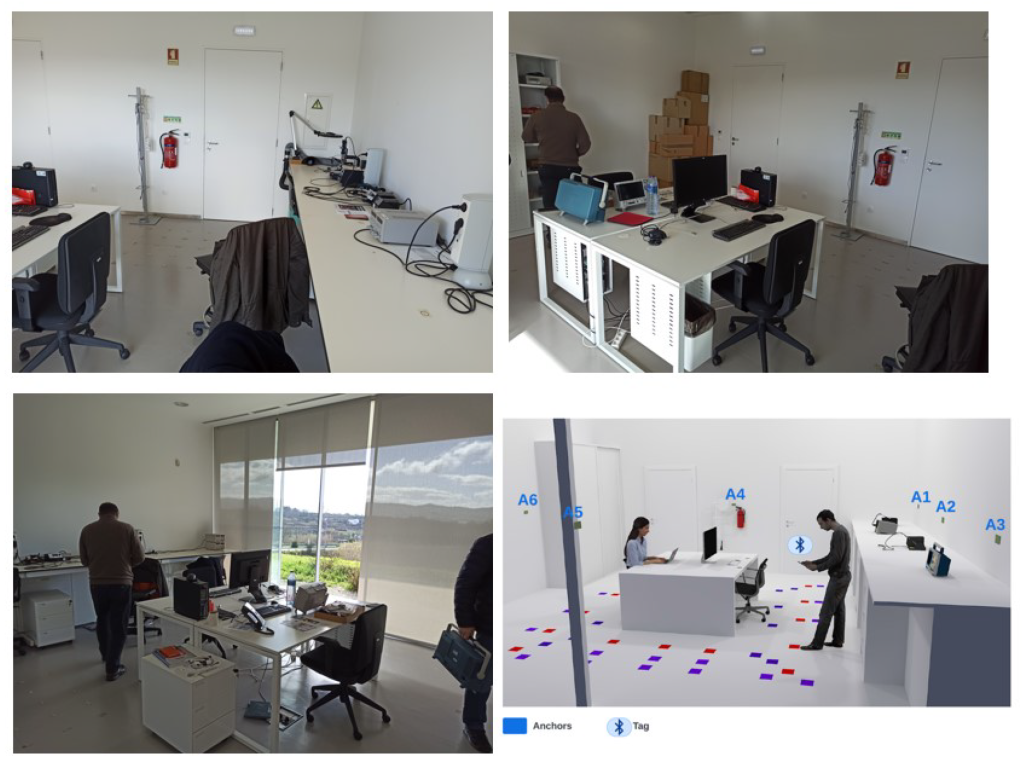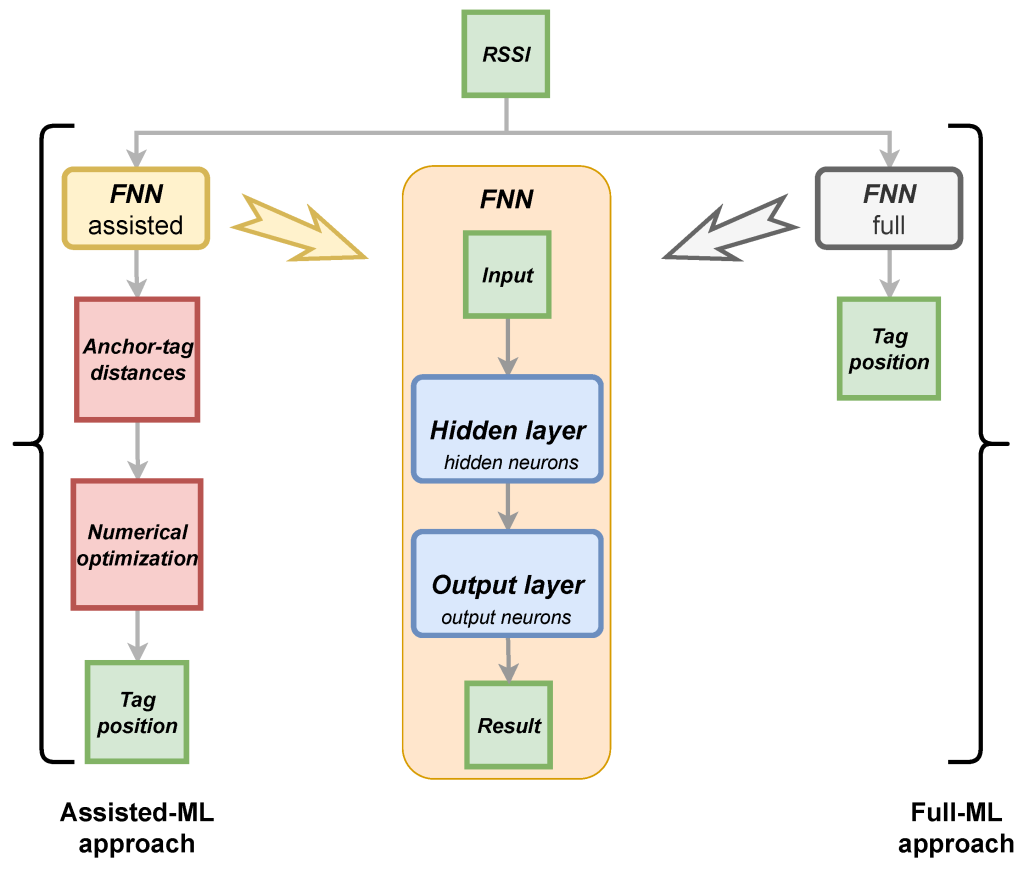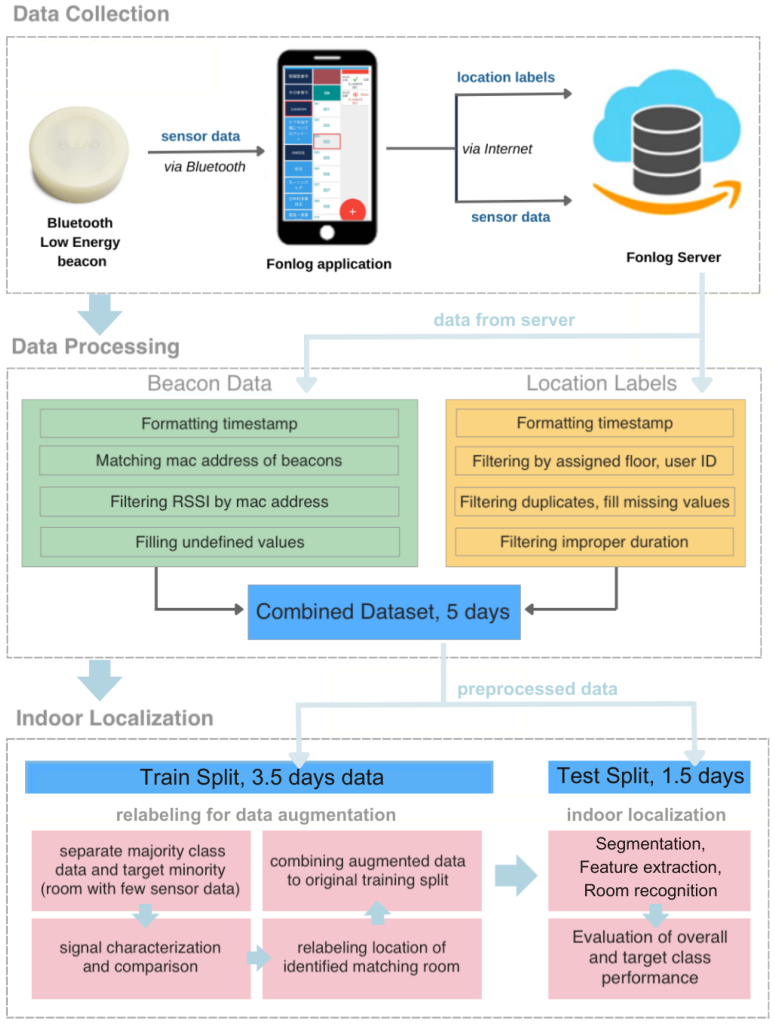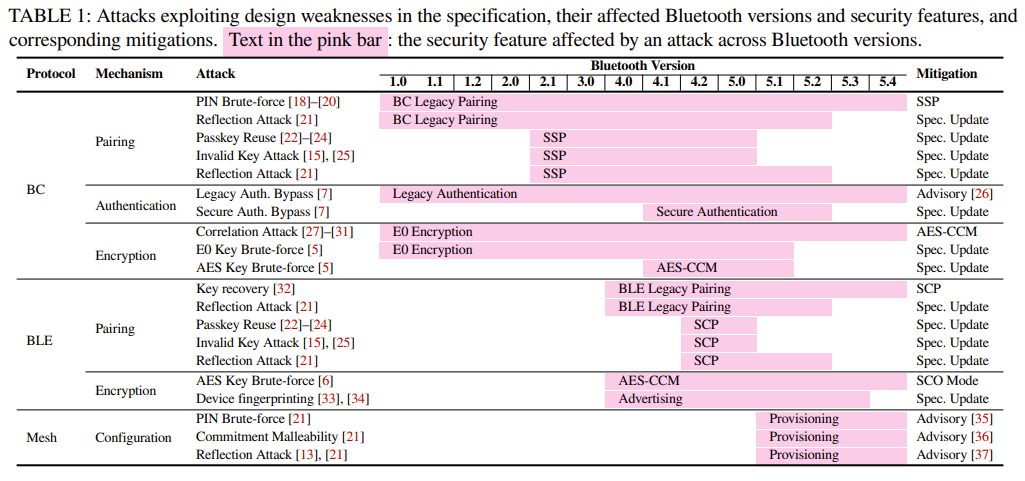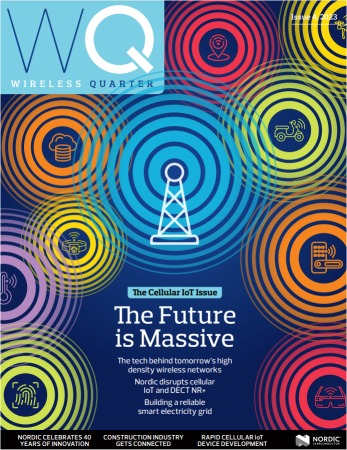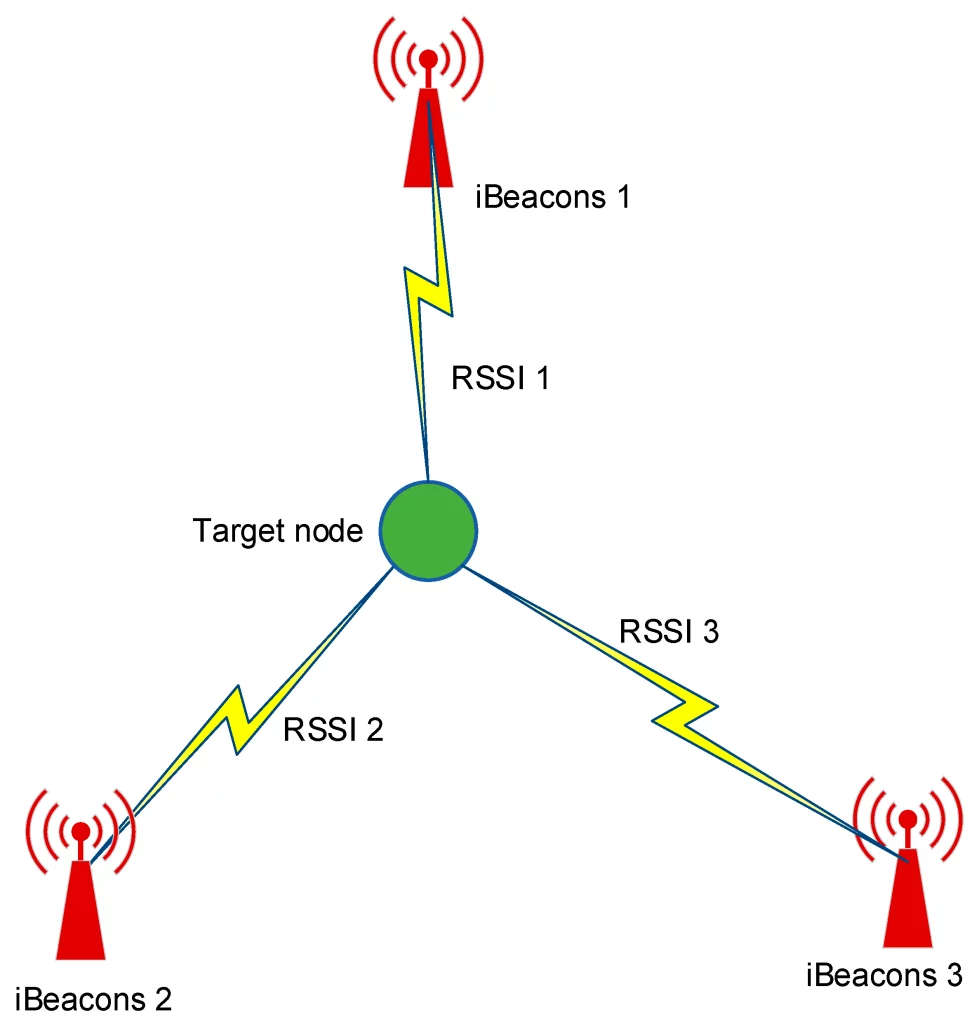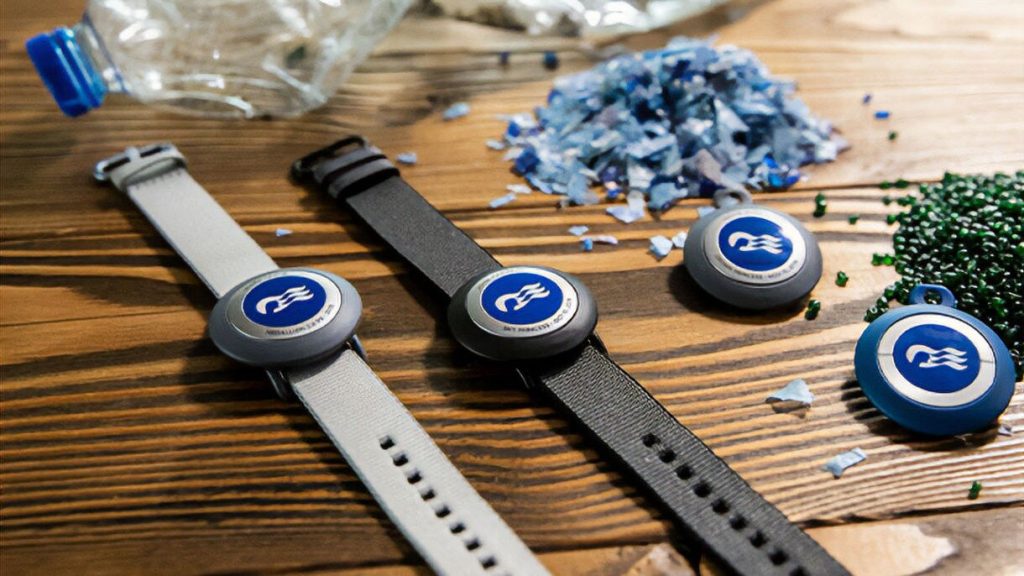Research, Ad-hoc collision avoidance system for Industrial IoT by Dan Garcia-Carrillo, Xabiel G. Paneda, David Melendi, Roberto Garcia, Victor Corcoba, and David Martínez, presents a novel system for enhancing safety in industrial environments where heavy machinery operates near workers. The system, designed to prevent collisions, uses Bluetooth beacons to detect the presence of workers and alerts machinery drivers through visual and haptic signals.

In their methodology, the authors employed Bluetooth devices to detect workers nearby and used Raspberry Pi to manage the Advanced Driver Assistance Systems (ADAS). This system evaluates surrounding Bluetooth emitters and triggers feedback mechanisms such as LED strips and vibrating seatbelts. The study acknowledges the accuracy limitations of Bluetooth for precise location but emphasises its effectiveness in proximity detection. A real excavator and workers carrying Bluetooth emitters were used to implement and test this proof of concept.
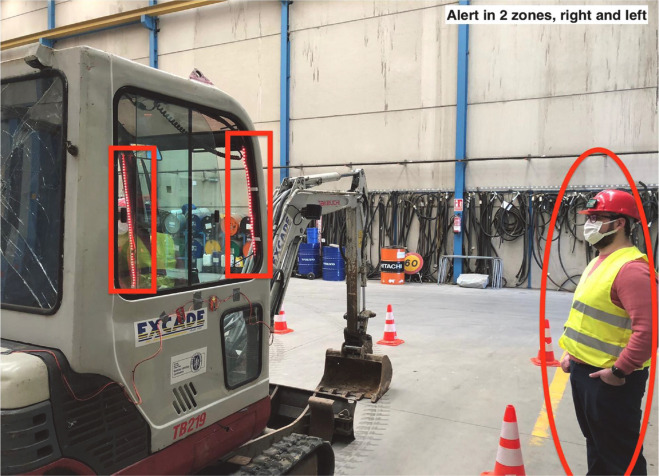
The results showed that the system could successfully detect the presence of workers relative to heavy machinery. Drivers received simple yet effective feedback through visual and haptic alerts, based on the proximity of workers. Notably, the system was found to be affordable and less intrusive than camera-based solutions, with Bluetooth proving sufficient for this application.
The authors concluded that their proposed system significantly enhances safety in industrial settings with heavy machinery. It effectively alerts drivers of nearby workers, thereby reducing the risk of accidents.
